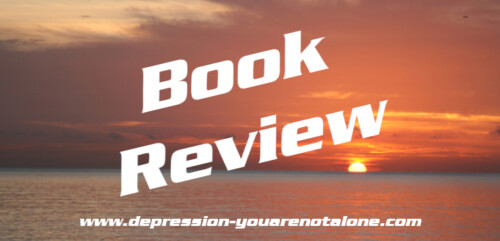Book Review: The Ripple Effects of Climate Breakdown in Nature
by Erica Goode There is a moment in Verdi’s Requiem when the hushed, somber tones that end the first movement give way to the lacerating chaos of the second. The Verdi scholar Julian Budden once described this second movement, the Dies Irae (literally, “day of wrath”), as “an unearthly storm,” with its “tutti thunderclaps” and swirling scales. It is meant to awaken listeners from their easy complacency, to remind them that what they should fear is not only death but something much larger and scarier, a looming judgment day that, as the chorus sings, in Latin, “will dissolve the world in ashes.” Adam Welz’s book, “The End of Eden: Wild Nature in the Age of Climate Breakdown,” delivers a similarly powerful warning, although far more quietly. An accretion of detail, a telling of story after story — the slow death of a tick-infested moose in Maine; the bleak fate of sunflower sea stars in the waters along the North America’s West Coast; the killing of hemlock trees by the juice-sucking hemlock wooly adelgid — at some point becomes a narrative of horror and unbearable sadness, as the enormity of what is happening sinks in for the reader. It’s not just the loss of a bird here, a tree there, but the devastation of all life on the planet. The apocalypse that Welz is writing about, of course, is of human making. It’s the result of what he refers to as climate breakdown— a term he prefers to use over climate change, which, he points out, carries an implication of reversibility. As a subject, it is hardly virgin territory. Dozens, if not hundreds, of books have already been written about the destructive activities of Earth’s human inhabitants — the pouring of billions of tons of greenhouse gasses into the atmosphere every year, and the decimation of untold acres of wilderness through urbanization, industrial farming, deforestation and other exploitive practices. Most focus on the effects of climate change that are dramatic enough to drive media coverage and that directly affect people’s lives: extreme weather events like hurricanes and floods, megadroughts, wildfires that rage out of control. Welz’s aim is different. Climate impacts writ large are “wreaking havoc on nature,” he writes in the introduction. “But species and ecosystems are also being eroded and rearranged more subtly as local microclimates shift and change, forcing smaller, less-noticed life forms to evolve, move away, or wither into extinction.” “These intimate ecological breakups and breakdowns,” he continues, “are of no less consequence than the so-called natural disasters that generate dramatic headlines, and they’re happening all around us.” Weaving these subtle and intimate changes into a riveting read might seem a tough challenge. Where are the flooded houses? The derailed lives of wildfire victims? At the very least, where are the polar bears? And in fact, there are stretches in the book that are densely technical: a lengthy explanation of energy exchange in the first chapter, for example. But Welz, an environmental writer, nature conservation consultant, and filmmaker, is a deft writer and a gifted natural historian. The depth of his scientific knowledge — he is equally at home writing about the light receptors in the cheetah’s retina, the hydrocarbons that are an essential component of plant cell walls, or the role of the enzyme aromatase in the reproductive cycle of the green turtle — enables him to slowly compound individual catastrophes into a massive tragic whole.“These intimate ecological breakups and breakdowns are of no less consequence than the so-called natural disasters that generate dramatic headlines, and they’re happening all around us.”
Reading these stories, one after another, is nothing except devastating.
Erica Goode, a science journalist, is a former reporter and editor at The New York Times and former managing editor of Inside Climate News. This article was originally published on Undark. Read the original article.


